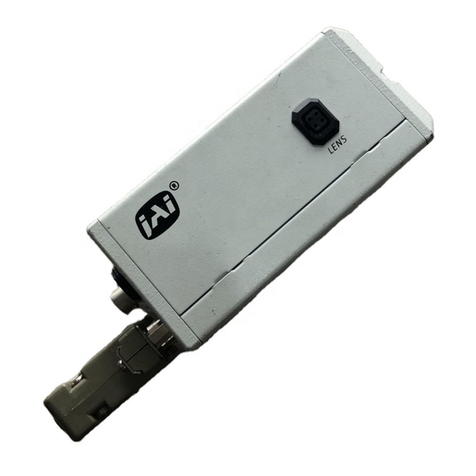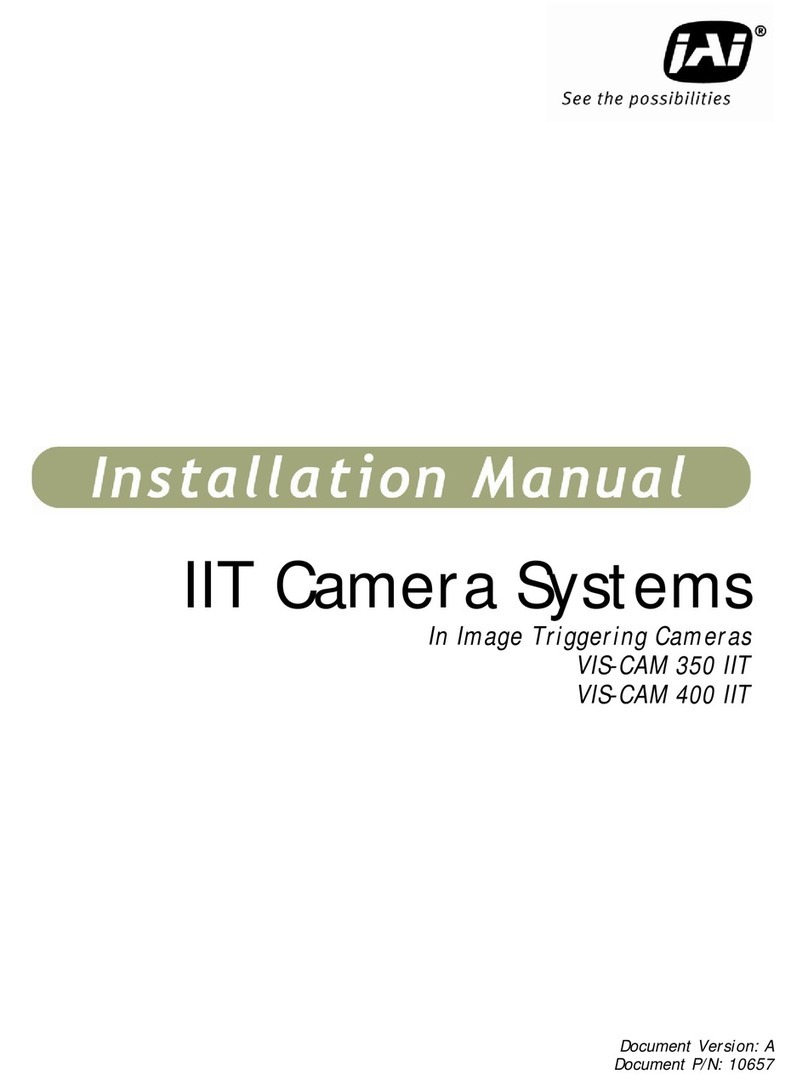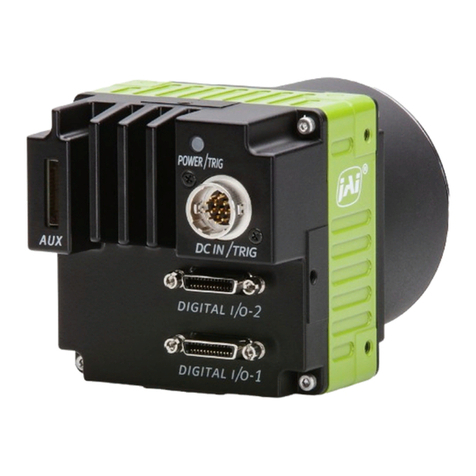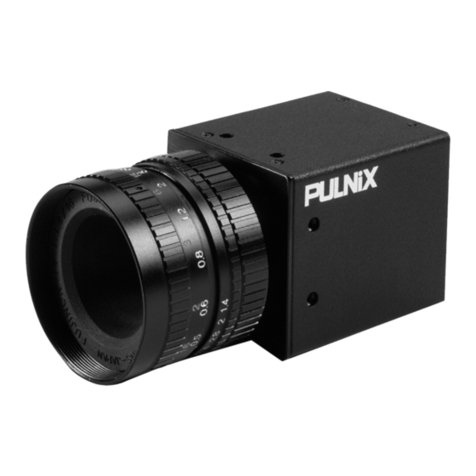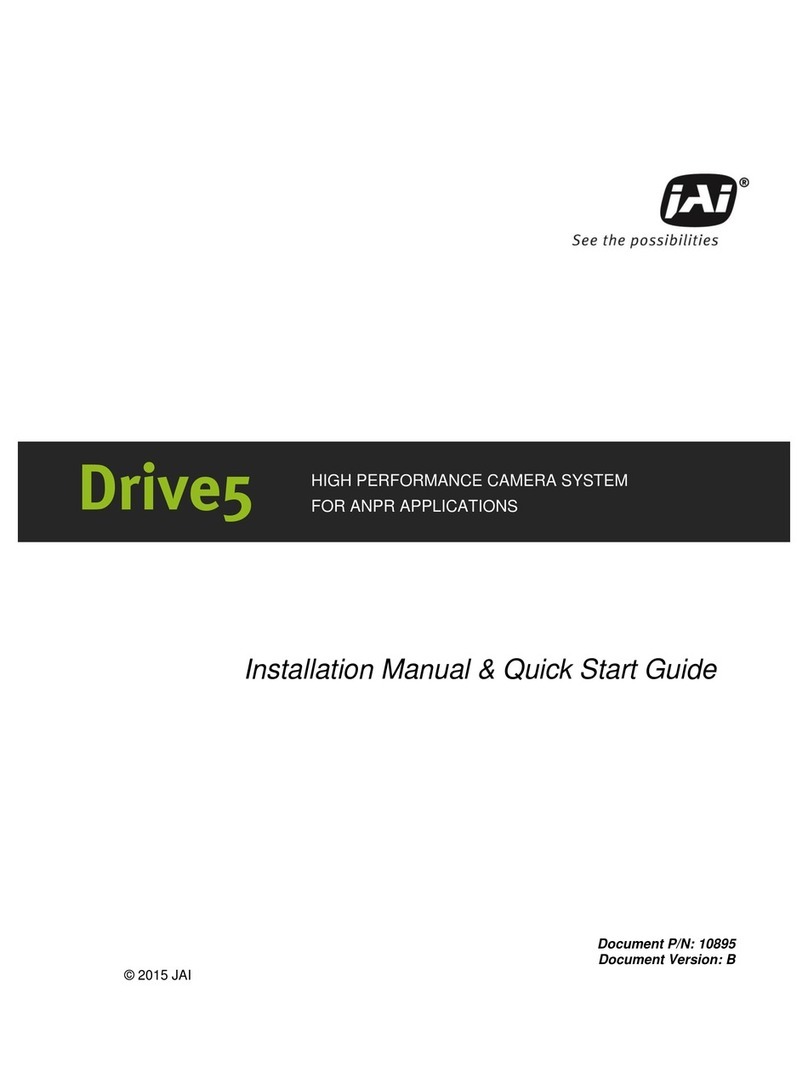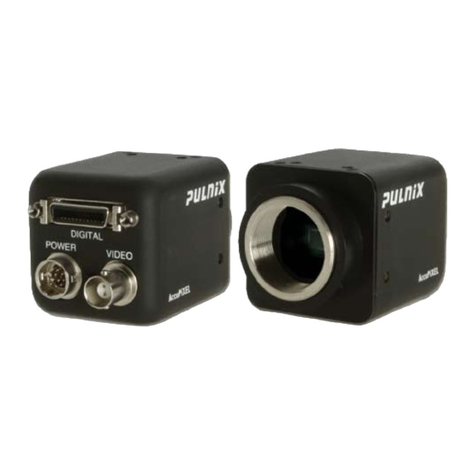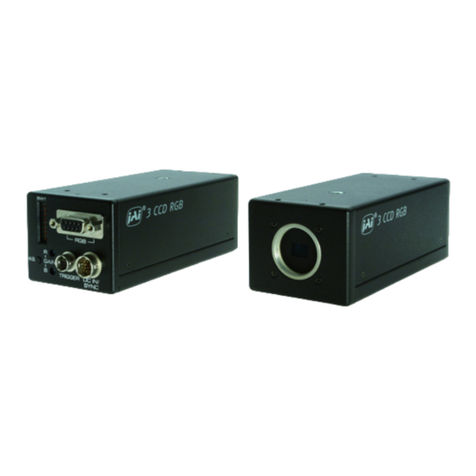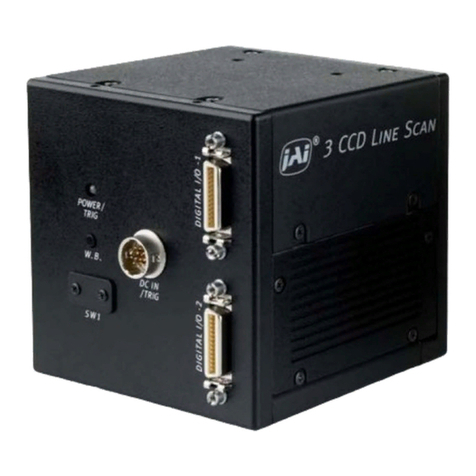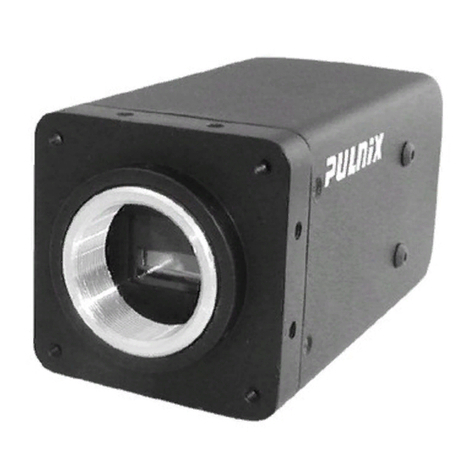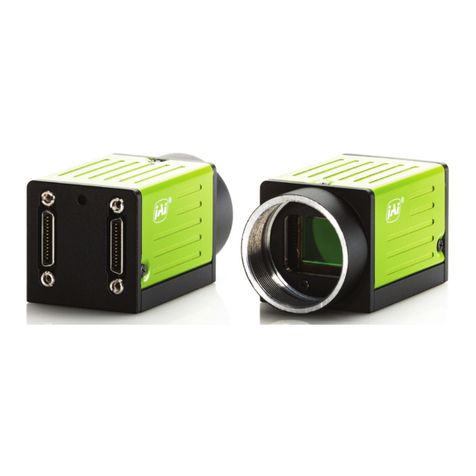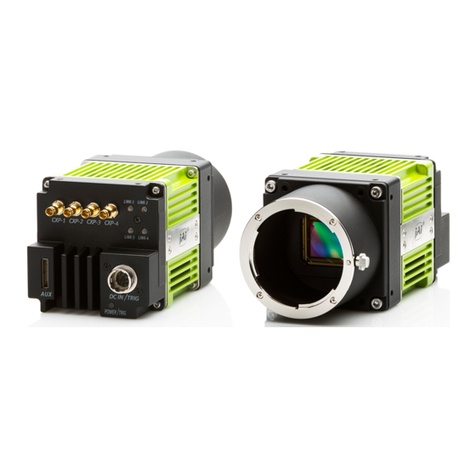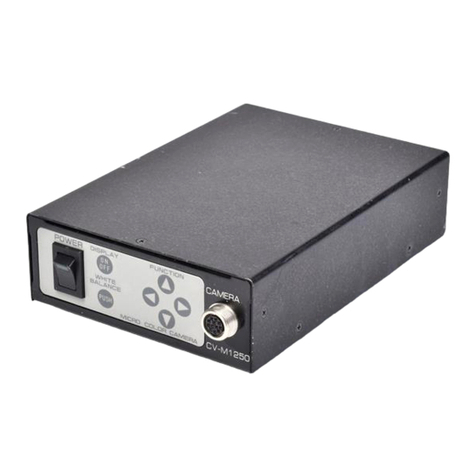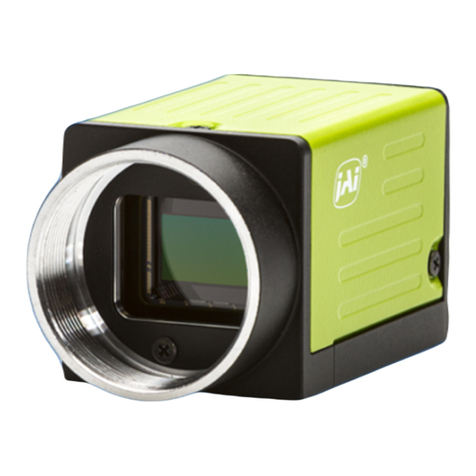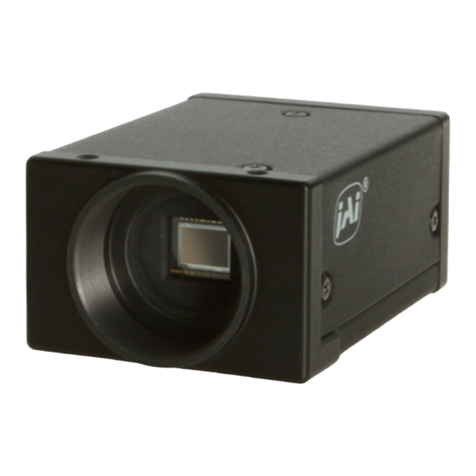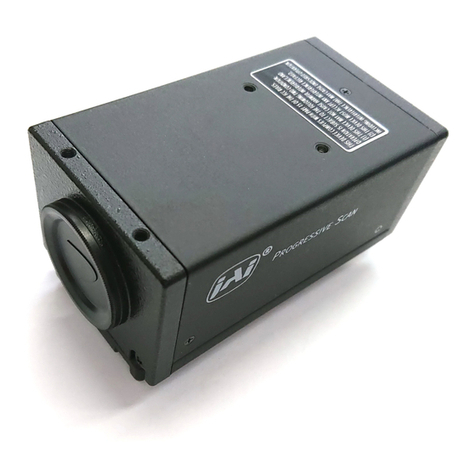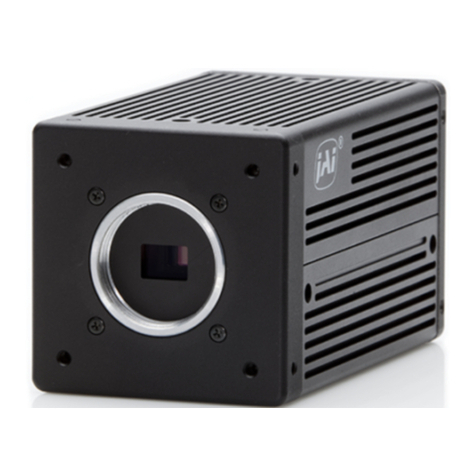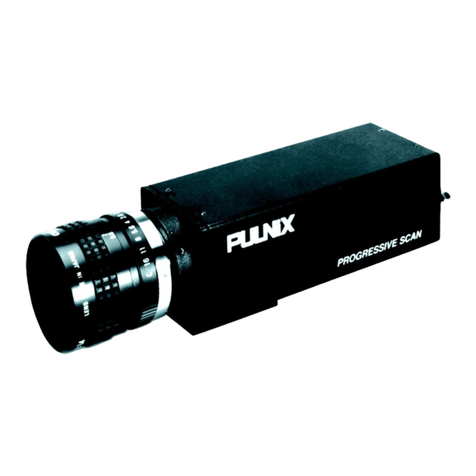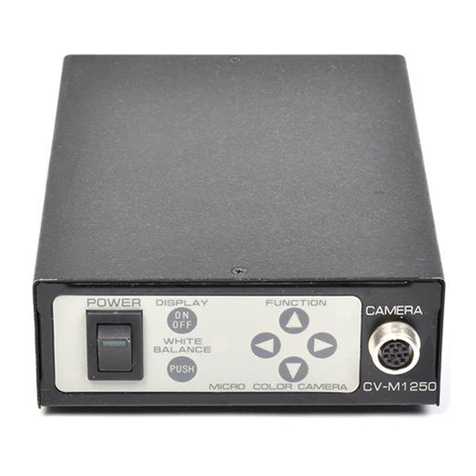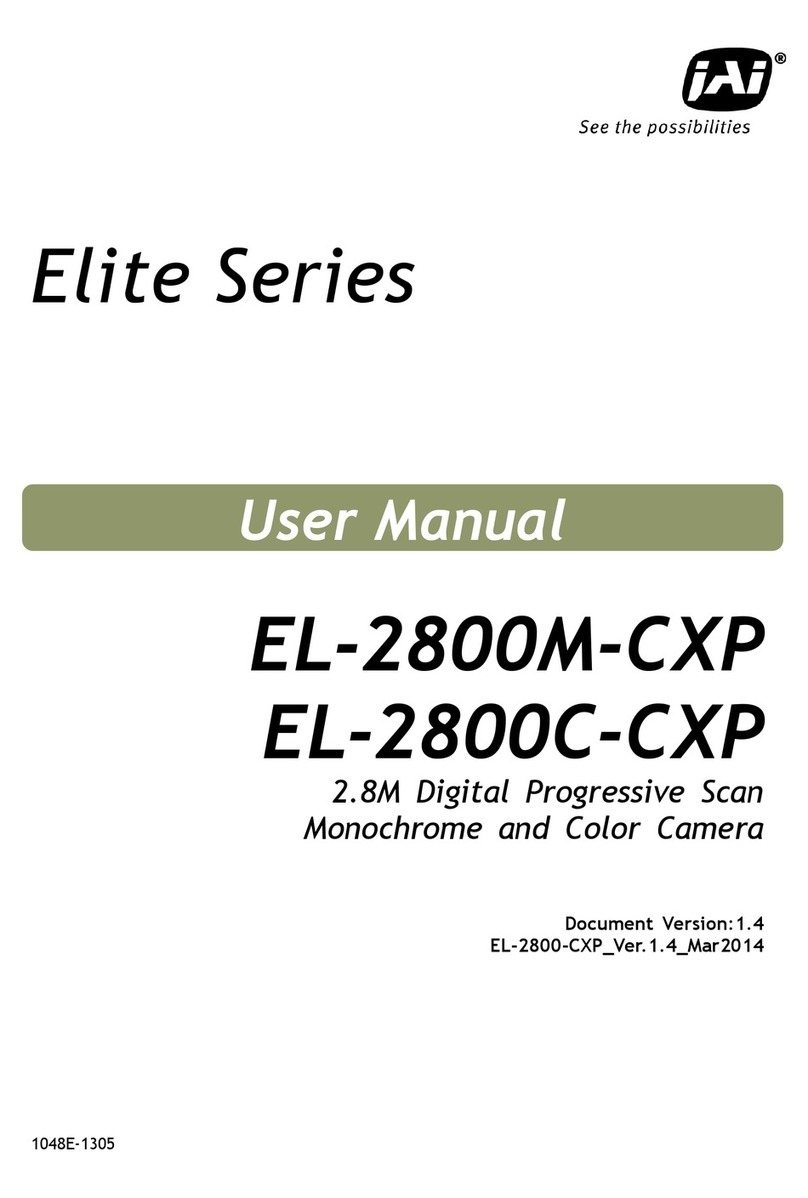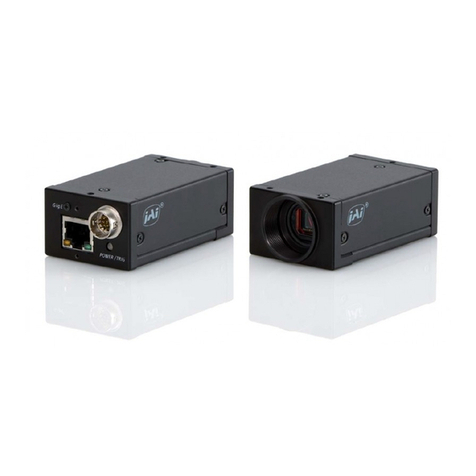
Table of Contents iii
Table of Contents
Disclaimer Notice ..................................................................................................... iii
Table of Contents...................................................................................................... v
List of Figures ........................................................................................................ vii
List of Tables .......................................................................................................... ix
1Hardware Introduction.................................................................................. 7
1.1 Product Description ..................................................................................... 7
1.2 Features ................................................................................................... 7
2Installation ................................................................................................ 9
2.1 Getting Started........................................................................................... 9
2.1.1 Unpacking Instructions .................................................................................. 9
2.1.2 Components............................................................................................... 9
2.1.3 Accessories and Options ................................................................................ 9
2.2 Camera Setup............................................................................................. 9
2.2.1 Heat Dissipation.......................................................................................... 9
2.2.2 Connector Pin Configurations.......................................................................... 9
2.2.3 Power Supplies and Power Cable Setup............................................................ 10
2.2.4 Attaching the Camera Lens .......................................................................... 12
2.2.5 Adjustable Back-Focus ................................................................................ 12
3Operation................................................................................................ 13
3.1 Progressive Scanning .................................................................................. 13
3.1.1 Preset Scan Area ....................................................................................... 13
3.1.2 Full Scan Area 2x2 Binning ........................................................................... 13
3.2 Bayer Color Filter (Color Versions) ................................................................. 14
3.2.1 Color Filter Array ...................................................................................... 14
3.2.2 Bayer Color Filter Array (CFA) ....................................................................... 14
3.2.3 Starting Pixel Configuration.......................................................................... 15
3.2.4 Sync and Data .......................................................................................... 16
3.2.5 Camera Functions...................................................................................... 16
3.2.6 Interpolation Software................................................................................ 16
3.2.7 Color Interpolation .................................................................................... 17
3.3 Dynamic Range Control ............................................................................... 17
3.3.1 Programmable Look-Up Table (LUT) and Knee Control ......................................... 18
3.4 External Sync and Pixel Locking..................................................................... 18
3.5 Electronic Shutter ..................................................................................... 18
3.5.1 Programmable Exposure-Continuous Mode ........................................................ 18
3.5.2 Asynchronous No Shutter Mode...................................................................... 18
3.5.3 Asynchronous Programmable Exposure Mode ..................................................... 19
3.5.4 Pulse Width Control Mode ............................................................................ 20
3.5.5 Particle Imaging Velocimetry Fixed Exposure Mode ............................................. 21
3.5.6 PWC PIV Mode .......................................................................................... 21
3.6 Camera Timing Charts ................................................................................ 22
4Functions and Operations ............................................................................ 24
4.1 GigE Vision Standard Interface ...................................................................... 24
4.2 GigE Vision-Aware Software ......................................................................... 24
4.3 Recommended Network Configurations............................................................ 24
4.3.1 Verified Network Interface Cards (NICs)........................................................... 24
4.3.2 Video data rate (network bandwidth).............................................................. 24
4.3.3 Disable Firewalls ....................................................................................... 25
